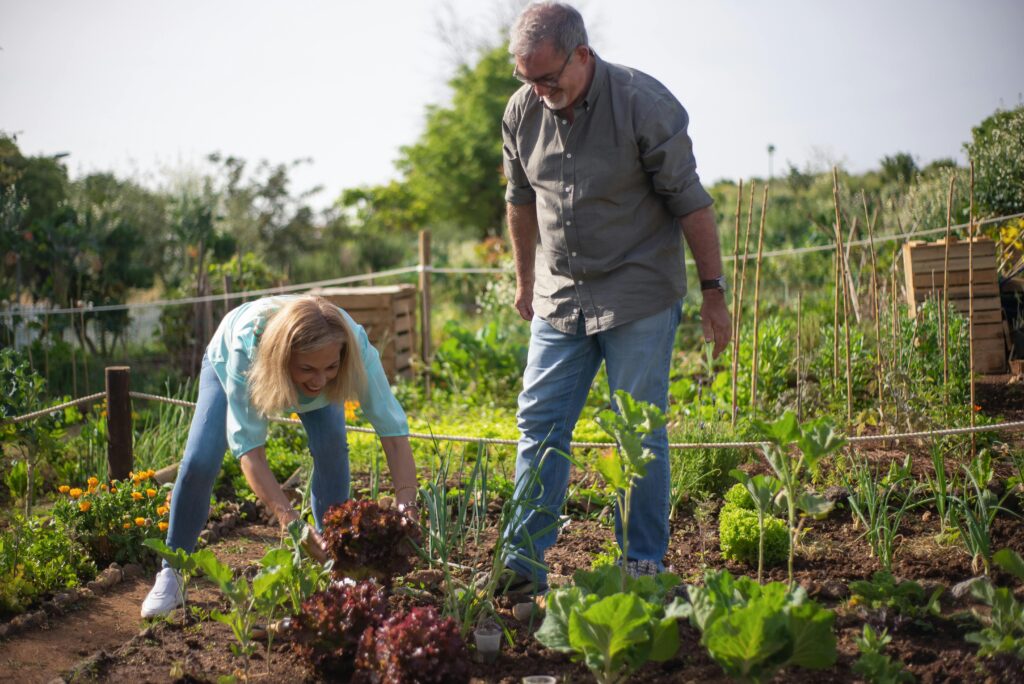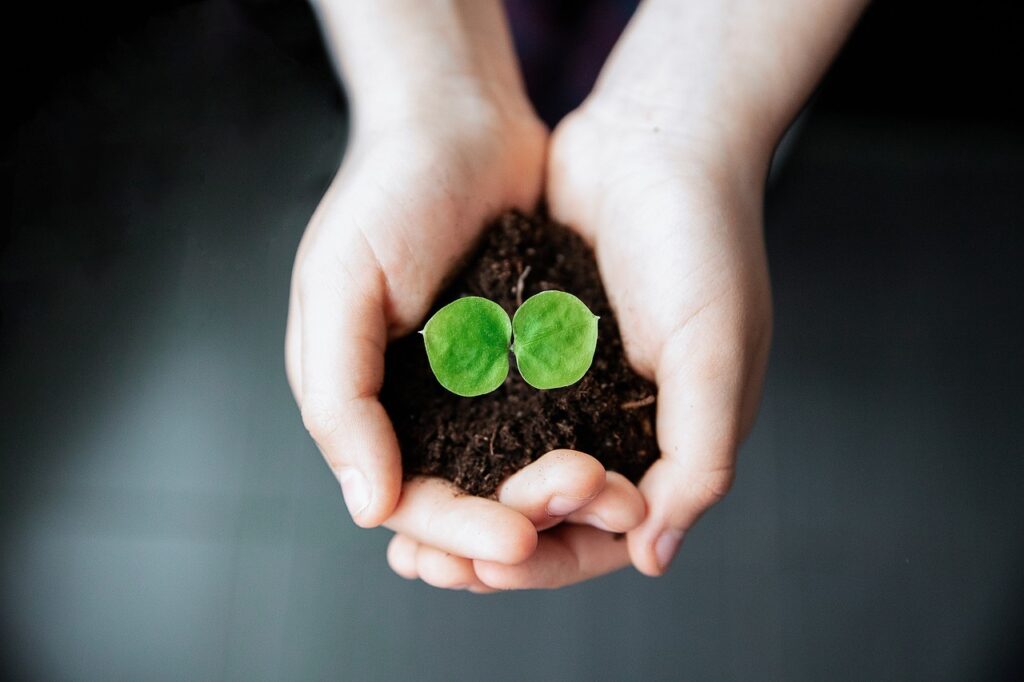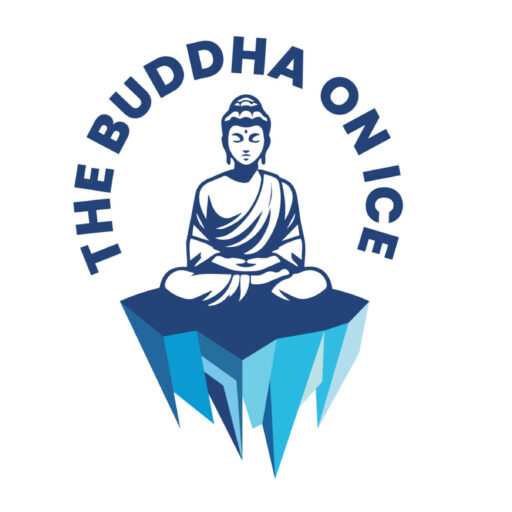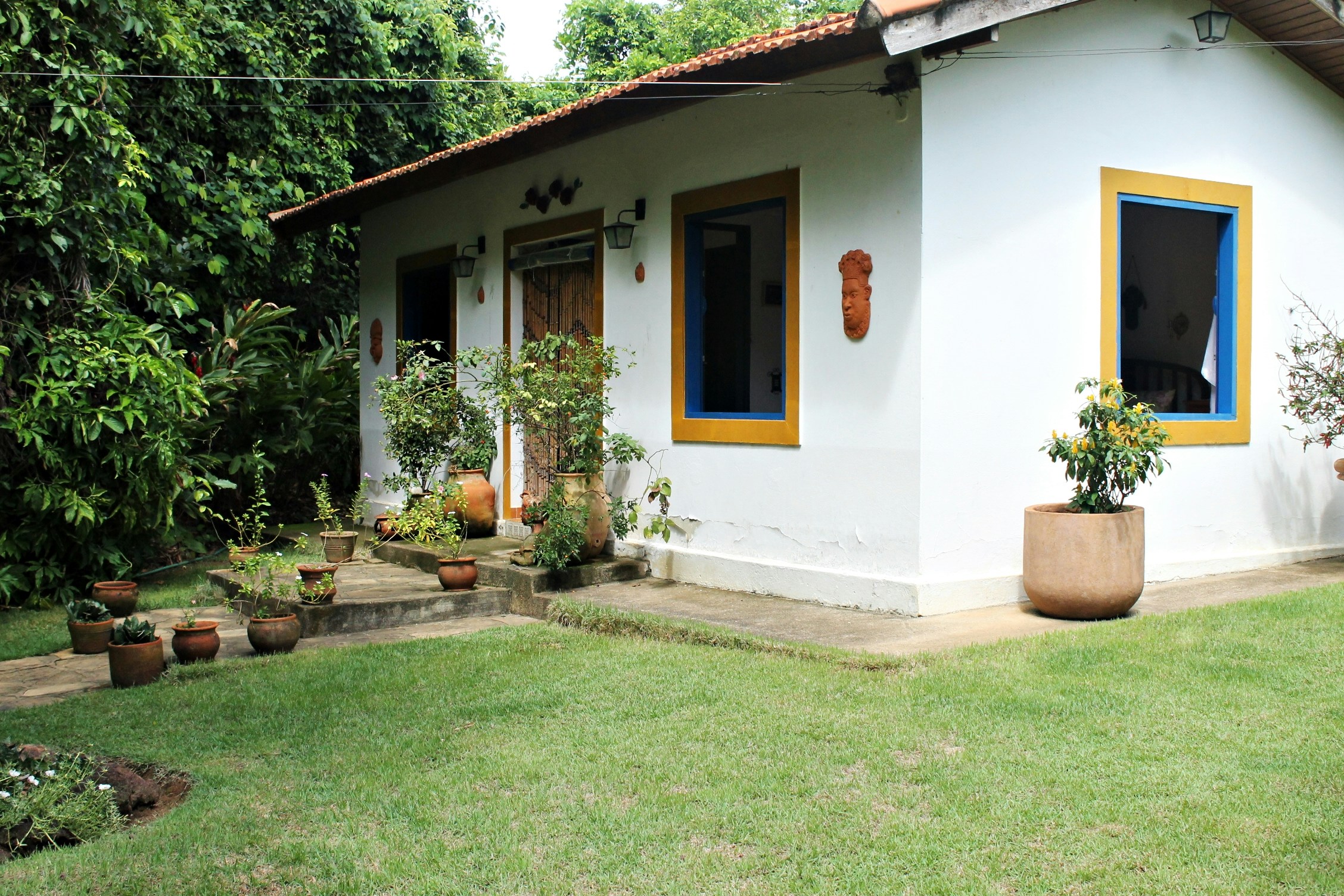In today’s modern world your meditation practice can take a backseat to the demands of everyday life. At times it can feel nearly impossible to find the time for a traditional sitting practice. Work, school, family and the tasks of everyday life are sometimes so overwhelming that carving out 15 minutes to sit in silence can feel unattainable. Luckily, there’s a way for you to practice meditation and mindfulness in your very own backyard: Samu.

What is Samu?
Traditionally, Samu is the culmination of the daily tasks and work needed to maintain a Zen Monastery. It can be translated as “work practice” or “mindful work”. The practice was reportedly popularized by Baizhang Huaihai, a Chinese Zen master during the Tang dynasty. Samu was established as a part of his rules for Chan (Chinese Zen) monastic discipline outlined in the “Pure Rules of Baizhang“. Some people simplify the practice with the phrases “Give yourself to the work” or “Become one with your working”. The beauty of Samu is that it can be practiced while doing just about anything: washing the dishes, feeding your cat, chopping vegetables for dinner or tending your garden. However, simply doing the task isn’t Samu. The activity itself isn’t Samu. Samu is the melding of work and meditation.
I Do All Those Things in My Daily Life. What Makes it Samu?
Although it was first written down by Hauihai, Samu is most often associated with Zen Buddhism. According to Zen Buddhists, all aspects of life can be a vehicle to spiritual practice. Integrating mindfulness into daily chores is a way to expand your meditation practice while not sitting Zazen. To practice Samu you must be fully present in the work. You complete the activity by being fully attentive and eliminating all judgements you may have of the job. You rid yourself of all distractions and focus solely on the physical task at hand. Samu is the marriage of mindfulness and the physical work you do in service of yourself and others.
How does Samu differentiate itself from Mindfulness in General?
One of the best descriptions of Samu comes from the Upaya Zen Center. They call it “relationship practice”, where you recognize the subject and object and focus on dissolving the distance between them. You unify the subject and object and complete their relationship.
What is the Subject?
You! The person doing the work is the subject. In order to practice real Samu the Subject, or person, in the relationship must be fully committed and focused. When we allow thoughts about how tired we are after eating, or thoughts about what movie to watch or book to read after dinner our effort and focus is divided and we become separated from our work. Similarly, allowing ourselves to attach to negative emotions about doing the cooking and cleaning while others enjoy, for example, can also distract us from the current object of our attention. Both positive and negative thoughts prevent Samu. In order to achieve Samu we must remain present. When practicing Zazen we gently guide our focus back to our breath. We do the same when practicing Samu. We let go of our thoughts and refocus on the task at hand.
What is the Object?
The object of Samu Practice is the work. In other words, it’s the object of our experience. When we engage in Samu there is an ultimate purpose of our work. Whether it be a delicious meal, clean clothes or a fresh carpet of mulch to protect our backyard veggies from the elements. Without focus on the Object our work could be without meaning or purpose. Imagine spending months preparing your garden bed. Pulling weeds, composting organic materials, tilling the earth. By the time all these tasks are complete Winter has arrived and the growing season is over. In this example the Subject has lost sight of the Object. They’ve missed the point of doing the tasks. The object, in this example, was growing tasty vegetables and beautiful flowers. We missed what was really going on.
How do we unify the Subject and Object?
By fusing your daily work and mindfulness you fuse the subject of your work and the object of your work. That’s what makes it Samu! You dissolve the distance between yourself and the work. You are no longer viewing the subject and object as different entities due to giving yourself fully to the work. Continuing to view the subject and object as separate prevents you from achieving true Samu. In the same fashion that sitting in silence is the purpose of sitting Zazen engaging in the work mindfully is the purpose of Samu. there is no end goal. There is no finish line. The process is the goal. Subject and Object are not external to us. They are manifestations of our consciousness. When we realize there is no true distance between these concepts Samu is achieved. We dissolve the distance created by our consciousness.
Why Practice Samu In My Garden?

There are many benefits to starting your own backyard garden. Self-sufficiency, control over what does or doesn’t go into your food, and the satisfaction of seeing something grow from seed until it ends up on your dinner plate. There are many benefits to starting your own backyard garden, but the reality is it can be a lot of work! Germinating seeds, preparing your soil, weeding, watering, protecting your plants from aphids. There are many daily tasks necessary to achieve a bountiful garden. Rather than looking at these tasks as “work” look at them as an opportunity to practice Samu. Growing your own vegetables is a way for you to service not just yourself but your entire family.
Are There Other Buddhist Related Reasons to Grow a Backyard Garden?
Yes! Firstly, a garden is a great metaphor for your mind. Thich Nhat Hanh once said:
Your mind is like a piece of land planted with many different kinds of seeds: seeds of joy, peace, mindfulness, understanding, and love; seeds of craving, anger, fear, hate, and forgetfulness. These wholesome and unwholesome seeds are always there, sleeping in the soil of your mind. The quality of your life depends on the seeds you water. If you plant tomato seeds in your gardens, tomatoes will grow. Just so, if you water a seed of peace in your mind, peace will grow. When the seeds of happiness in you are watered, you will become happy. When the seed of anger in you is watered, you will become angry. The seeds that are watered frequently are those that will grow strong
Thich Nhat Hanh
Secondly, looking deeply into your food is a common mindfulness practice. When looking deeply into your food you imagine all the hands and people involved in bringing your food to your plate. The farmhands harvesting your food, the delivery companies shipping your food from wherever it was grown to your local market, the local grocers making it available to you and so on and so forth. You focus on the interdependence necessary for you to eat. By growing your own food you simplify your practice. Your hands are the hands performing those tasks.
Start Your Backyard Garden and Samu Practice Today!
If you’re thinking of starting a backyard garden, start today! Gardening can help you live a more spiritual life and feel good about where your food is coming from. It’s a hobby that is as fulfilling as it is rewarding. If you need some seeds to start your journey check out freeheirloomseeds.org. This wonderful organization provides free seeds to all gardeners. Free Heirloom Seeds is a grassroots effort to empower individuals & communities with the resources necessary to provide for their basic needs, without chemicals, without corporations & without genetic engineering. Sourcing your seeds from them will allow you to practice Samu and feel confident when practicing looking deeply into your food.

